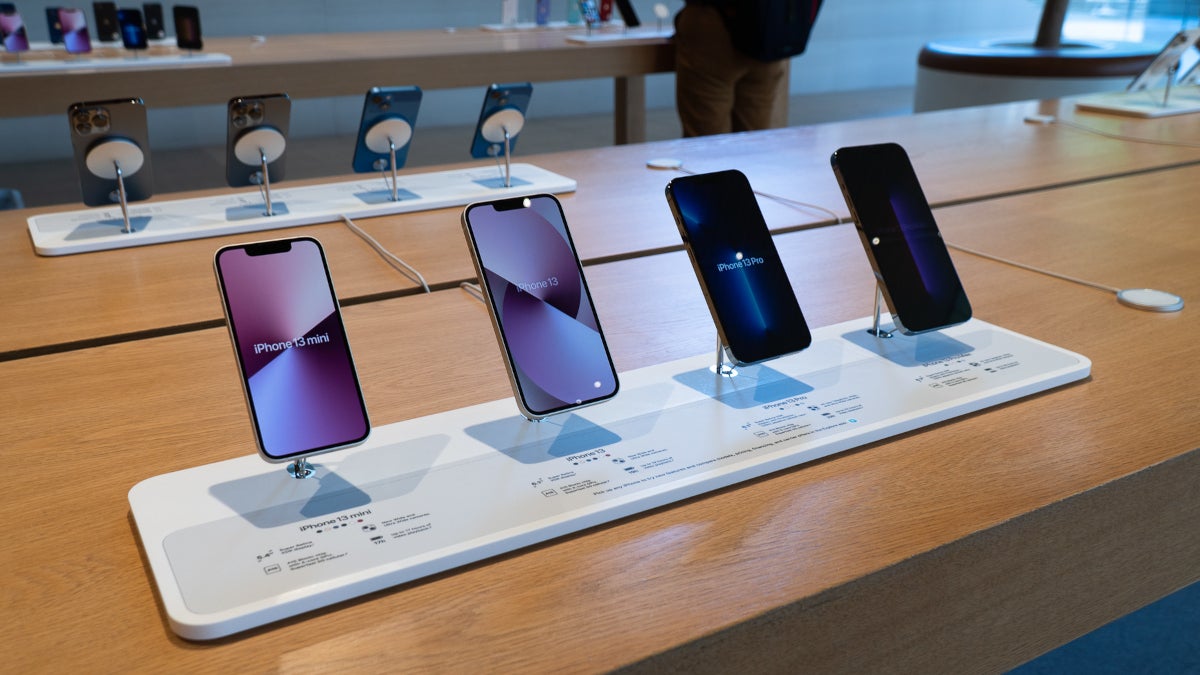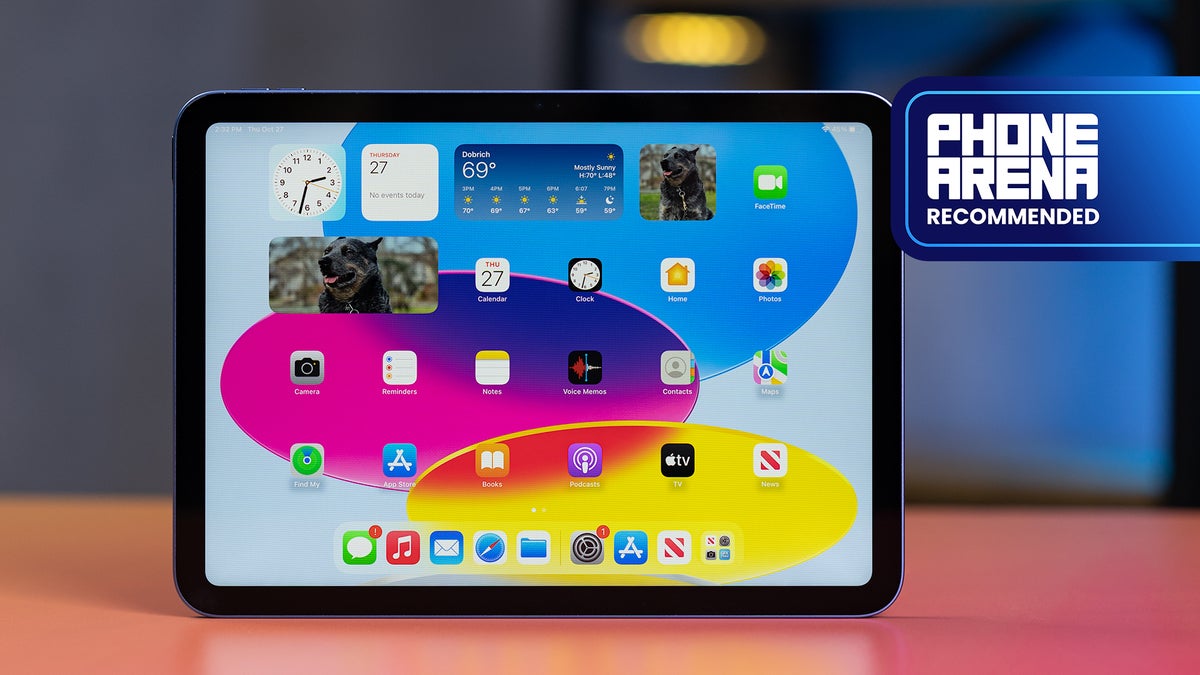Disney characters are arriving on OpenAI’s Sora video generation application — this time, with authorization. OpenAI and Disney have just revealed a “historic agreement” that will feature select Sora content on Disney+.
This partnership forms part of an overarching $1 billion equity investment in OpenAI by Disney. The licensing agreement will begin with a duration of three years. Disney is positioned to enhance its equity investment in OpenAI down the line.
Besides the licensing deal and equity stake, Disney will obtain access to OpenAI APIs “to create new products, tools, and experiences, including for Disney+,” as stated by OpenAI. Additionally, Disney will implement ChatGPT for its workforce as a component of the arrangement.
OpenAI launched Sora for iPhone at the close of September. At first, there were minimal constraints regarding the intellectual property types users could produce. OpenAI gradually imposed restrictions on the use of licensed characters without consent following the initial rollout.
Now, OpenAI and Disney are promoting the new “historic agreement” as “a crucial step in establishing significant standards for responsible AI in entertainment.”
With the license, fans will have the opportunity to view curated selections of Sora-generated videos on Disney+, and OpenAI and Disney will work together to apply OpenAI’s models to drive new experiences for Disney+ subscribers, enhancing innovative and creative means to engage with Disney’s narratives and characters. Sora and ChatGPT Images are anticipated to begin generating fan-inspired videos featuring Disney’s multi-brand licensed characters in early 2026.
Among the characters fans will be able to incorporate in their creations are Mickey Mouse, Minnie Mouse, Lilo, Stitch, Ariel, Belle, Beast, Cinderella, Baymax, Simba, Mufasa, along with characters from the realms of Encanto, Frozen, Inside Out, Moana, Monsters Inc., Toy Story, Up, Zootopia, and many others; in addition to iconic animated or illustrated versions of Marvel and Lucasfilm characters like Black Panther, Captain America, Deadpool, Groot, Iron Man, Loki, Thor, Thanos, Darth Vader, Han Solo, Luke Skywalker, Leia, the Mandalorian, Stormtroopers, Yoda, and more.
You can view the complete announcement here. Sora is available for free on the App Store.
Read More







